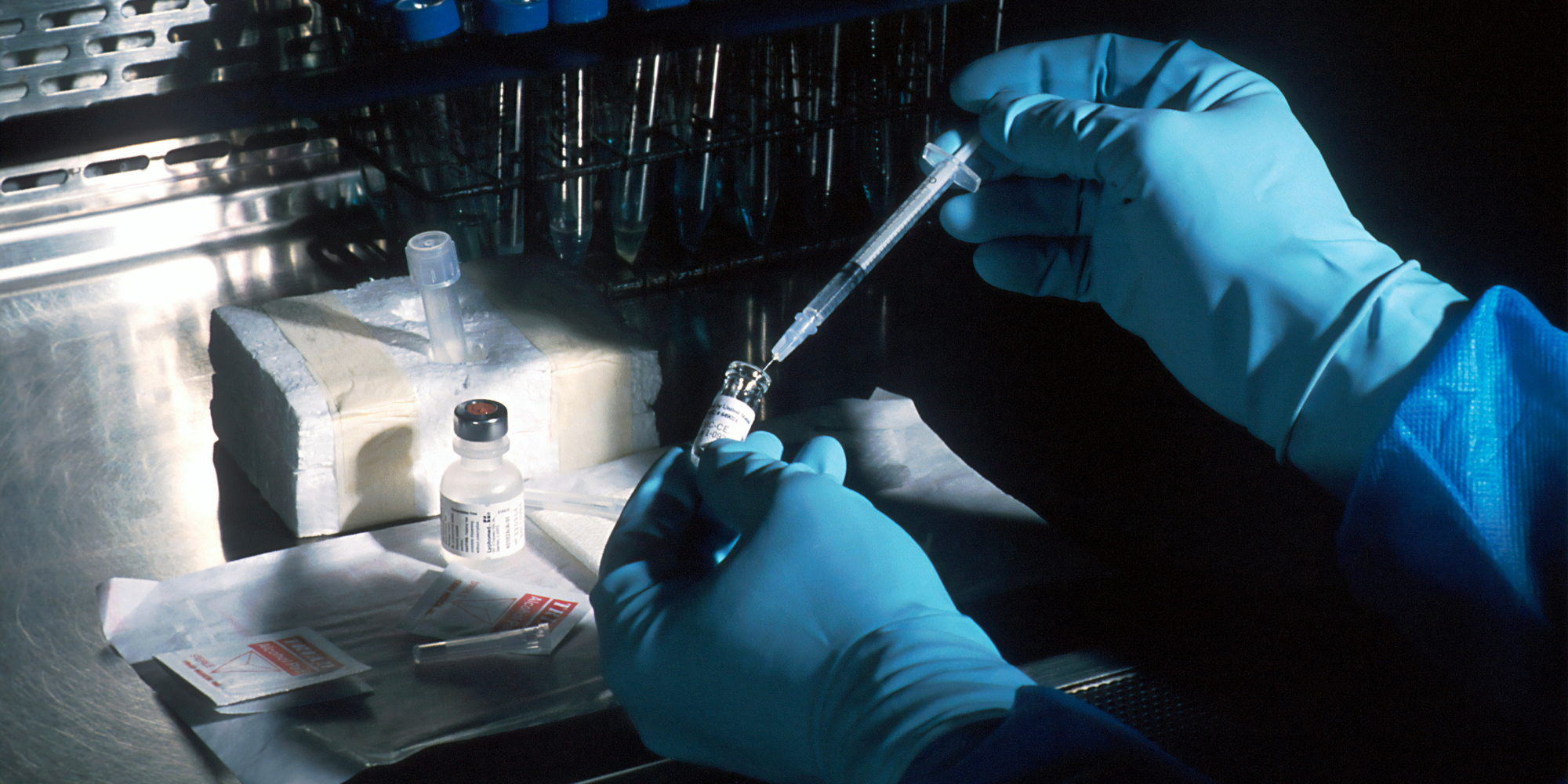Over the past few years, Foundation Models, Generative AI (GenAI), and Large Language Models (LLMs) have moved from experimental research tools to essential engines of innovation. In life sciences and healthcare, the potential is significant, from accelerating drug discovery to personalising treatment pathways.
In this blog, Sam Francis, Associate Director specialising in this space, shares his insights on how these technologies are reshaping not only R&D but also the skills, teams, and talent strategies companies need to succeed.
Sam observes that many people compare today’s AI revolution to the shift from Industry 4.0 to Industry 5.0. While Industry 4.0 focused on automation, digitalisation, and efficiency, Industry 5.0 emphasises human, AI collaboration, with ethics, creativity, and sustainability at the core. In biology, this means research pipelines powered by AI but guided by human insight and ethical oversight. Leading companies are building teams that don’t just code; they connect biology, data, and AI models to deliver meaningful healthcare outcomes.
According to Sam, the strongest candidates are those who combine deep technical expertise in LLMs or GenAI with a strong understanding of biology. Whether it’s fine-tuning foundation models on omics data or applying LLMs to biomedical literature, companies need professionals who can operate across disciplines. He notes a rise in foundation model specialists, those who can train, adapt, and optimise large-scale models, particularly multi-modal systems that integrate imaging, text, and genomic data.
GenAI use cases in life sciences are expanding rapidly. From molecule generation and protein design to AI-assisted trial protocols, these technologies are creating new workflows and new opportunities. Sam highlights that hiring today requires seeking people who understand not only algorithms, but also data pipelines, regulatory considerations, and scalability. Teams are becoming increasingly interdisciplinary, blending machine learning scientists with computational biologists, clinicians, and software engineers. Communication, collaboration, and the ability to work across functions are now as critical as technical expertise.
Sam also points out that top talent is driving the conversation in ways that go beyond salary or job titles. Candidates increasingly ask about ethical AI, data privacy, and whether their work will have a tangible patient impact. Organisations that can answer these questions clearly are gaining a competitive edge in attracting talent.
At the same time, there are significant challenges. Hands-on experience with foundation models in biology is still limited, many machine learning engineers require mentoring to transition effectively into life sciences, and retention remains a pressure point due to the high demand for this talent. Sam stresses the importance of creative recruitment strategies, including mapping transferable skills, supporting ongoing training, and connecting candidates to roles where they can have the most impact.
Looking ahead, Sam expects three major shifts: the growth of multi-modal models combining imaging, genomics, and clinical data; a rising emphasis on explainable AI as regulators demand interpretable systems; and increased demand for leaders who can scale interdisciplinary teams, not just technical researchers.
Recruitment in this space, Sam concludes, is about more than filling roles. It is about building the human infrastructure behind the next generation of breakthroughs in healthcare and life sciences. Foundation Models, GenAI, and LLMs are changing not only how biology is understood, but also who companies hire, how teams are structured, and what leadership looks like. In the era of Industry 5.0, where humans and AI work side by side, talent is the real competitive advantage.
Whether you’re scaling your AI capabilities or building cross-disciplinary teams, our experts can help. Get in touch today!

